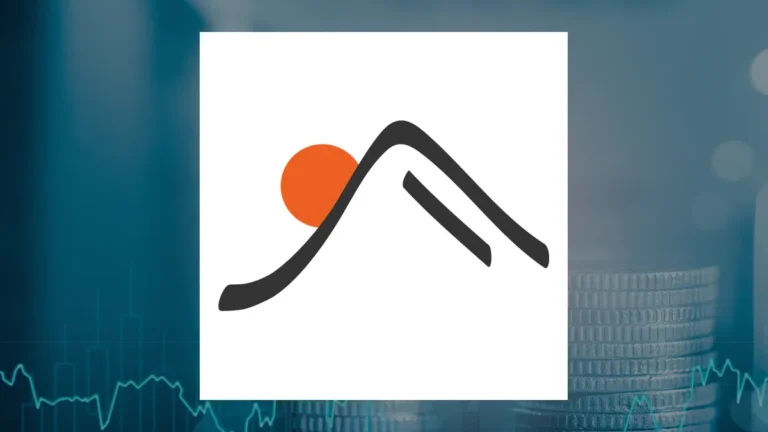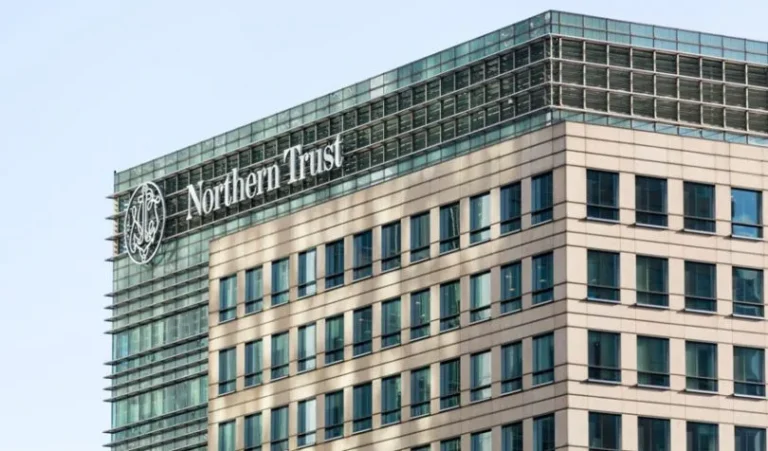
Businesses in Southeast Asia are adjusting their supply chains following the recent tariffs announced by the United States on 2 April 2025. About 67 per cent of businesses in ASEAN expect intra-ASEAN trade to increase following the US tariffs, according to the UOB Business Outlook Study 2025 (SMEs and Large Enterprises). In addition, 47 per cent of businesses expect an increase in the pace of overseas expansion.Businesses also highlighted other strategies to respond to the US tariffs. About 60 per cent of companies foresee an increase in the pace of digital adoption, with benefits including improved productivity and improved customer experience.
About 56 per cent of businesses expect an increase in the pace of sustainability adoption, as they look to reap benefits like improved reputations for their companies and increased attractiveness for investors.Companies are making adjustments as business sentiment declines in Southeast Asia and Greater China following the announcement of the US tariffs. Only 48 per cent of businesses in the region are “positive” or “very positive” about the business environment, down from 77 per cent before the tariff announcements.In Singapore, the tariffs have led to heightened concerns around increased business costs and inflation. Only 53 per cent of the country’s businesses are “positive” or “very positive”, down from 82 per cent before the tariffs. Despite this dip, businesses are not standing still. Many are proactively adjusting their strategies — from strengthening intra-ASEAN trade ties to accelerating digitalisation and sustainability efforts — to navigate the evolving landscape and uncover new growth opportunities.
Mr Eric Lian, Head of Group Commercial Banking, UOB, said, “Businesses are actively planning their next steps following the US tariff announcements. Nearshoring looks set to be a longer-term trend as companies rebalance their supply chains within ASEAN. UOB is ready to connect with businesses to provide support and solutions to calibrate their needs proactively. With our extensive network and expertise, we empower businesses to enhance their operational efficiency, reduce cost pressures and achieve sustainable growth.”
The main research of the UOB Business Outlook Study 2025 was conducted in January 2025. About 4,200 businesses were surveyed in ASEAN and Greater China, including 900 from Singapore. Following the announcement of tariffs by the US in early April, a dipstick study of about 800 businesses was conducted from 9 to 12 April 2025.The UOB Business Outlook Study is now in its sixth year. The 2025 edition covers seven markets – Singapore, Indonesia, Malaysia, Thailand, Vietnam, Mainland China and Hong Kong SAR.
Supply chain
The 2025 study found that businesses are facing significant supply chain disruptions, most keenly felt in Indonesia and Hong Kong. In response to these challenges, many companies are adopting a localisation strategy, aiming to enhance the stability and resilience of their supply networks by sourcing and operating closer to home.In addition to cost and procurement difficulties, supply chains are increasingly strained by limited logistical networks and inefficient inventory management practices. The three primary challenges currently facing supply chain management are rising supply costs, high interest rates and difficulties in procuring supplies and raw materials.
In Singapore, the main supply chain challenges are similar to those elsewhere in the region – rising supply costs, difficulties in procuring supplies and raw materials, and the inability to match demand and supply. To meet the challenges, Singapore companies are adopting better inventory management practices, investing in stronger supplier relationships and digitalising supply chain management.
Workforce challenges
Almost six in 10 respondents report facing workforce or manpower-related issues, including high employee expectations and difficulties related to talent retention. Companies are addressing these issues through higher pay, employee training, and digital transformation initiatives.In Singapore, growing expectations among the younger generation pose a major challenge. Six in 10 businesses are challenged by workforce issues and these challenges will rise after the recent US tariff announcements. Higher expectations from employees and the ability to retain and attract the right talent are key workforce challenges.
Women and next-generation business leaders demonstrate strengths
The study also found that women and next-generation leaders are making significant strides in business performance and innovation. Women-led businesses in the region reported higher revenue growth in 2024 and voiced a more optimistic outlook for 2025, compared with their male counterparts. Women leaders excel in sustainability and workforce management but may require support in acquiring customers and diversifying revenue streams. In Singapore, for instance, women leaders value sustainability as a way to build their competitive advantage and improve trust from investors.
Next-generation leaders, concentrated in sectors such as Technology, Media and Telecommunications, prioritise digital adoption, sustainability, and strategic challenges over short-term concerns. In Singapore, these business leaders are more technologically-savvy and are at the forefront of utilising technologies such as artificial intelligence, blockchain, and augmented reality.
Large businesses lead the way in sustainability practices
Sustainability remains a critical focus, with significant improvements in adoption rates, particularly in Hong Kong, Singapore, and Malaysia. Over half of the businesses have started implementing sustainability practices, with large enterprises leading the way. In fact, businesses expect the pace of sustainability adoption to increase after the recent US tariff announcements, as they seek to gain credibility and investments.
About UOB
UOB is a leading bank in Asia. Operating through its head office in Singapore and banking subsidiaries in China, Indonesia, Malaysia, Thailand and Vietnam, UOB has a global network of more than 470 branches and offices in 19 markets in Asia Pacific, Europe and North America. Since its incorporation in 1935, UOB has grown organically and through a series of strategic acquisitions. Today, UOB is rated among the world’s top banks





